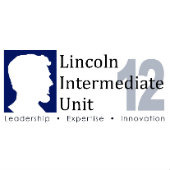Elementary GLOBE: Honing in on Hummingbirds
(View Complete Item Description)In this activity, students will record a list of things they already know about hummingbirds and a list of things they would like to learn about hummingbirds. Then they will conduct research to find answers to their questions. Using their new knowledge, each student will make a hummingbird out of art supplies. Finally, using their hummingbirds as props, the students will play charades to test each other in their knowledge of the ruby-throated hummingbirds. The purpose of this activity is to provide students with information on ruby-throated hummingbirds, provide students with the opportunity to conduct research on hummingbirds in topic areas that interest them, and to provide students with opportunities to share their knowledge with other students. By completing this activity, students will gain knowledge about ruby-throated hummingbirds. They will also gain experience researching a topic of their choosing related to hummingbirds and communicating those results in several different formats.
Material Type: Activity/Lab, Diagram/Illustration, Interactive, Lesson Plan, Textbook




















